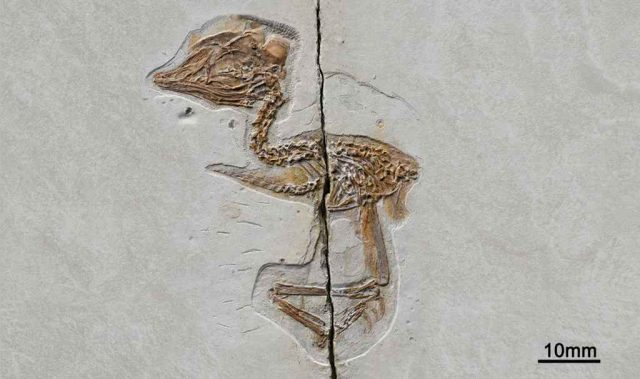
AsianScientist (Feb. 23, 2015) – Researchers from the Chinese Academy of Sciences and other institutions are developing a technique which makes it possible to obtain diagnostic, three-dimensional images in real time. This technique could enable scientists to rapidly discover the mechanism of many processes, ranging from how a fruit fly develops to whether a biopsy was correctly performed.
The technique uses Optical Projection Tomography (OPT), which is “similar to X-rays, but uses light,” explains Universidad Carlos III de Madrid (UC3M) researcher Dr. Jorge Ripoll, from the Department of Bioengineering and Aerospace Engineering. OPT may be considered as the optical equivalent of X-ray Computed Tomography or a medical CT scan.
“It consists of a source of light that stimulates the fluorescence and a camera that detects it. The one requirement is that the sample rotates as if X-rays were being taken of it. Afterwards, with that information, we are able to construct a three-dimensional image,” Ripoll explained.
By this technique, it is possible to use optical markers such as green fluorescent protein to observe the anatomy and functions of living organisms such as flies or small fish. Publishing in the journal Scientific Reports, the researchers showed that the technique could be used to follow the development of living organisms up to three mm long with three-dimensional images.
Ripoll says that the advance consists of being able to follow the development of these organisms, which normally appear opaque when viewed with a conventional microscope because they diffuse a lot of light when they approach adulthood.
“It helps us visualize new stages,” says Ripoll. “Although this technique cannot be used on living humans because our tissue is very opaque, it can be used to take three-dimensional measurements of biopsies, which are very valuable to surgeons.”
The article can be found at: Arranz et al. (2014) In-vivo Optical Tomography of Small Scattering Specimens: Time-Lapse 3D Imaging of the Head Eversion Process in Drosophila melanogaster.
—–
Source: Chinese Academy of Sciences.
Disclaimer: This article does not necessarily reflect the views of AsianScientist or its staff.












